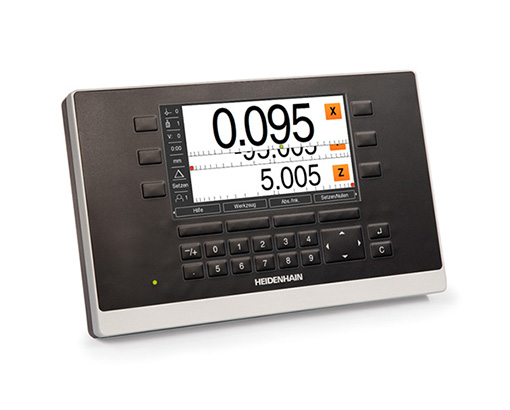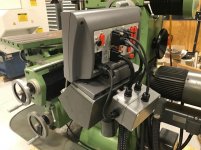1. ND780 and Positip 880 discontinued.... ATech Authority is out.. all gone from them and Heidenhain...no more can be ordered.
2. The new ND7013 to replace the ND780 is great...but $1,927 !!! They have yet to sell the first one due to the high price.
3. The replacement for the Positip is not quite ready to ship but when it is, will be aprox $3,800
====================
But fear not....ATech will soon have an adapter box ($115) that will allow Heidenhain scales to work with the AcuRite DRO203 ($895)
https://www.heidenhain.de/fileadmin/redakteure/de/products/Positionsanzeigen/ND7xxx_f_de_web.jpg
http://jmssupply.com/wp-content/uploads/2018/04/acu-rite_dro_300.png
2. The new ND7013 to replace the ND780 is great...but $1,927 !!! They have yet to sell the first one due to the high price.
3. The replacement for the Positip is not quite ready to ship but when it is, will be aprox $3,800

====================
But fear not....ATech will soon have an adapter box ($115) that will allow Heidenhain scales to work with the AcuRite DRO203 ($895)
https://www.heidenhain.de/fileadmin/redakteure/de/products/Positionsanzeigen/ND7xxx_f_de_web.jpg
http://jmssupply.com/wp-content/uploads/2018/04/acu-rite_dro_300.png




